A new machine-learning computer model accurately predicts damaging radiation storms caused by the Van Allen belts two days prior to the storm, the most advanced notice to date, according to a new paper in the journal Space Weather.
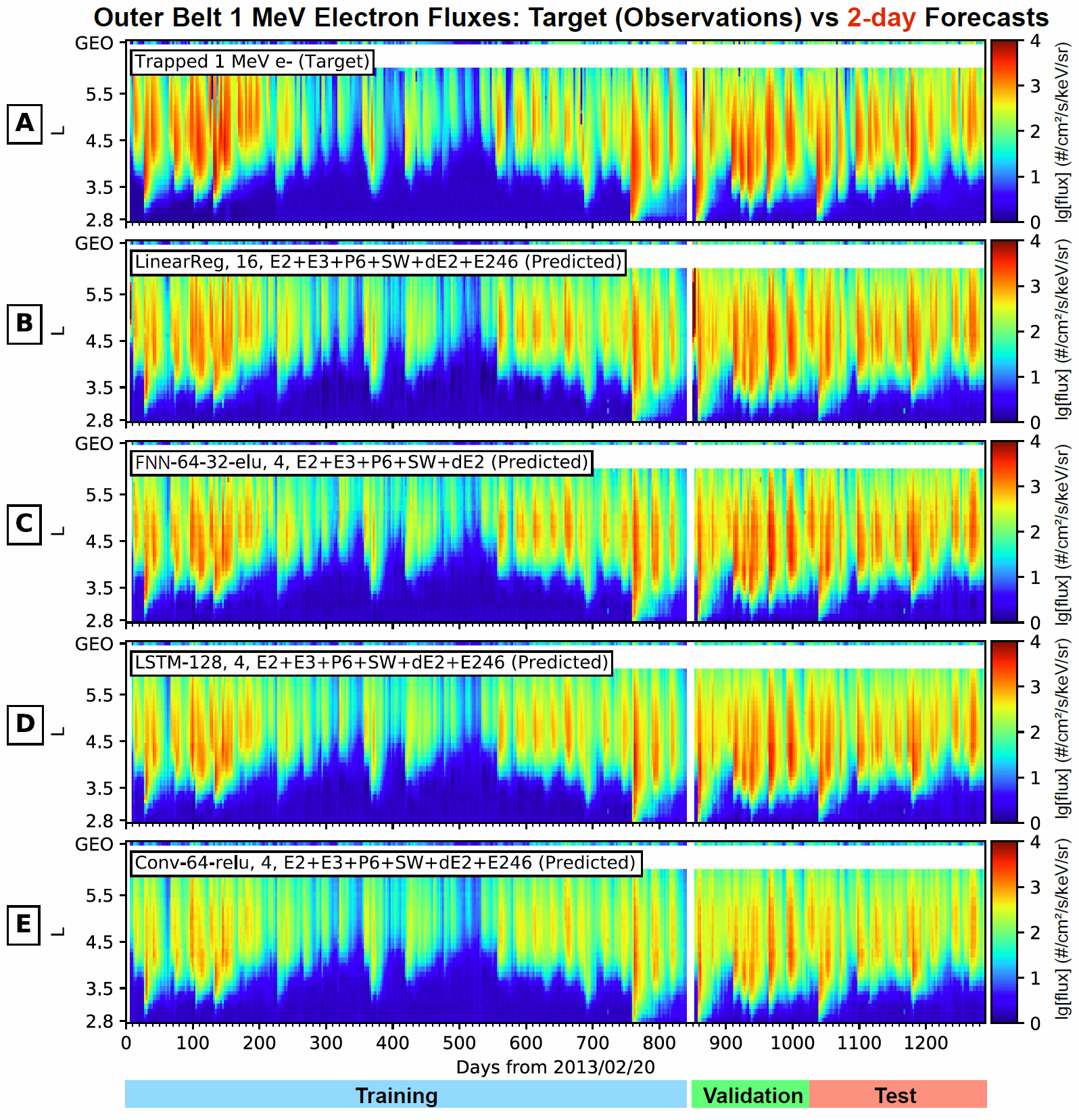
news, journals and articles from all over the world.

A new machine-learning computer model accurately predicts damaging radiation storms caused by the Van Allen belts two days prior to the storm, the most advanced notice to date, according to a new paper in the journal Space Weather.
More than a year after NASA’s Mars InSight lander touched down in a pebble-filled crater on the Martian equator, the rusty red planet is now serving up its meteorological secrets: gravity waves, surface swirling “dust devils,” and the steady, low rumble of infrasound, Cornell and other researchers have found.
NASA’s BIG Idea Challenge funds eight university teams to work on lunar payloads and study the Moon’s darkest reaches. A student team at Michigan Technological University takes their rover technology to the “dark side”. Not for evil — the polar craters…
The iconic photograph of planet Earth from distant space – the “pale blue dot” – was taken 30 years ago – Feb. 14, 1990, at a distance of 3.7 billion miles, by the NASA spacecraft Voyager 1 as it zipped toward the far edge of the solar system. The late Cornell astronomy professor Carl Sagan came up with the idea for the snapshot, and coined the phrase.
NASA’s Spitzer Space Telescope has studied the universe in infrared light since its launch in 2003, and at the end of this month its mission will come to an end — leading NASA and astronomers worldwide to reflect on the…
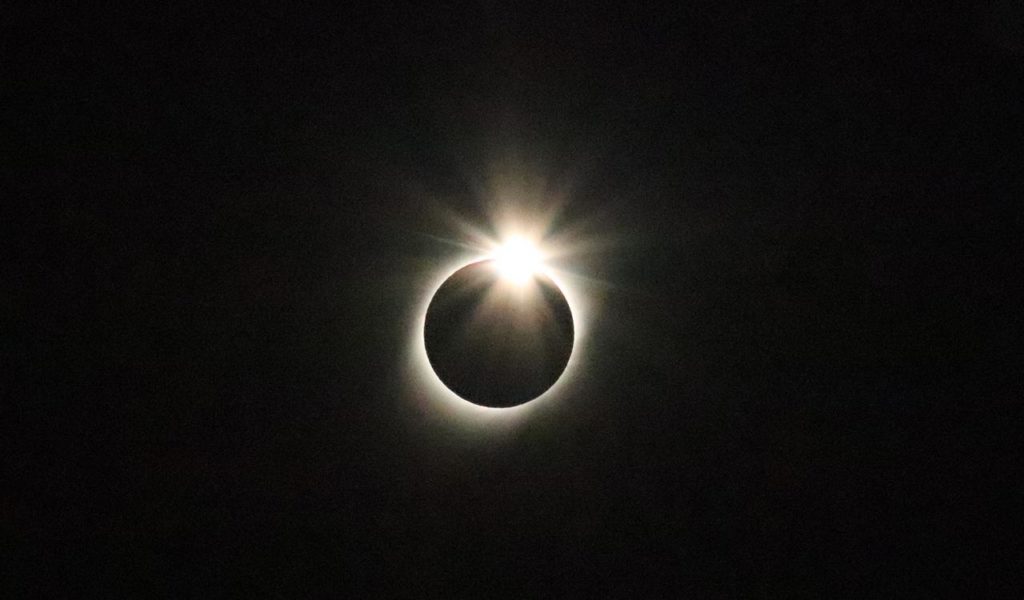
Until now, determining the orbit of satellites has required many measurements or multiple telescopes. A team of MITRE scientists took their equipment to Chile to view an eclipse—and proved an easier way.
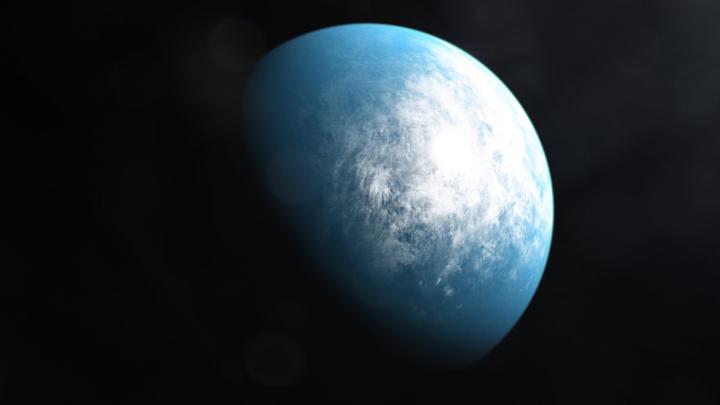
NASA’s Transiting Exoplanet Survey Satellite (TESS) has discovered its first Earth-size planet in its star’s habitable zone, the range of distances where conditions may be just right to allow the presence of liquid water on the surface.
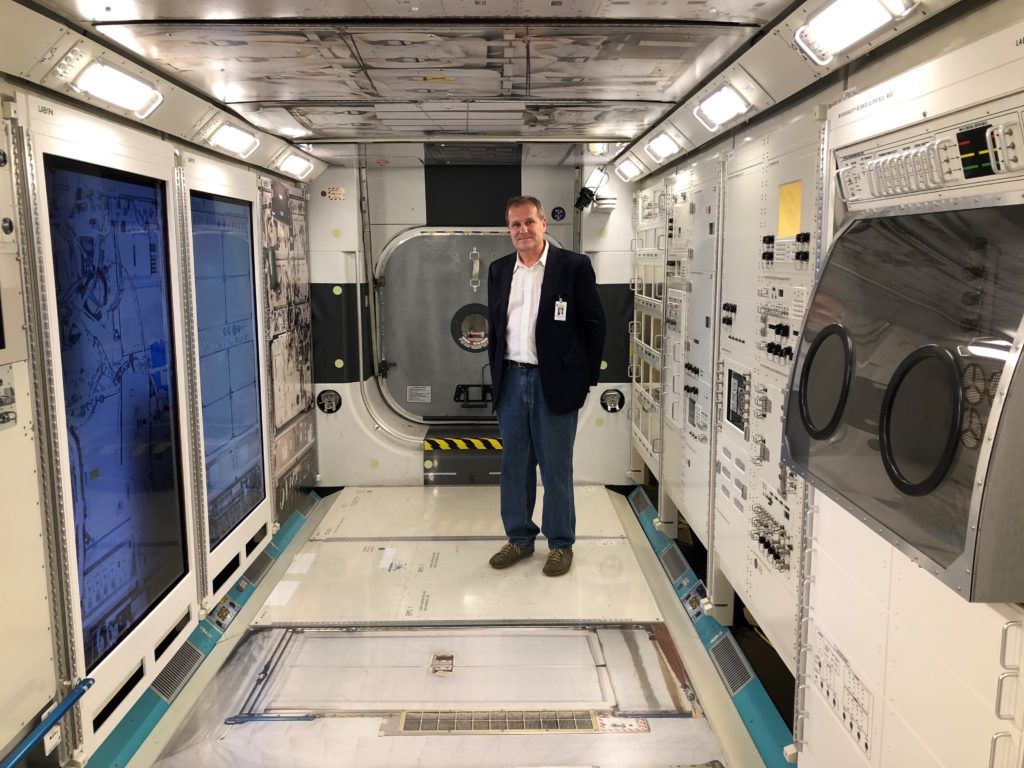
Moll was the only non-NASA physician NASA consulted when it was discovered that an astronaut aboard the ISS had a deep vein thrombosis (DVT) – or blood clot – in the jugular vein of their neck.

Deep in our Milky Way galaxy’s center, a candy cane emerges as the centerpiece of a new, colorful composite image from a NASA camera, just in time for the holidays.
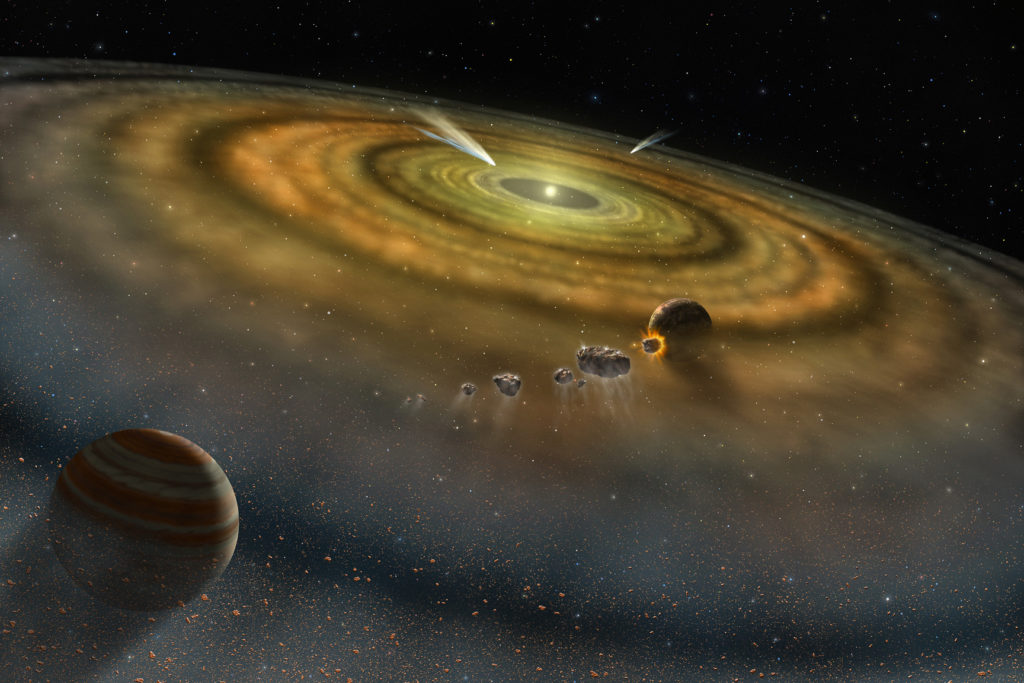
Lawrence Livermore National Laboratory (LLNL) scientists and a collaborator from the University of Münster reviewed recent work that shows how meteorites exhibit a fundamental isotopic dichotomy between non-carbonaceous (NC) and carbonaceous (CC – rocks or sediments containing carbon or its compounds) groups, which most likely represent material from the inner and outer solar system.
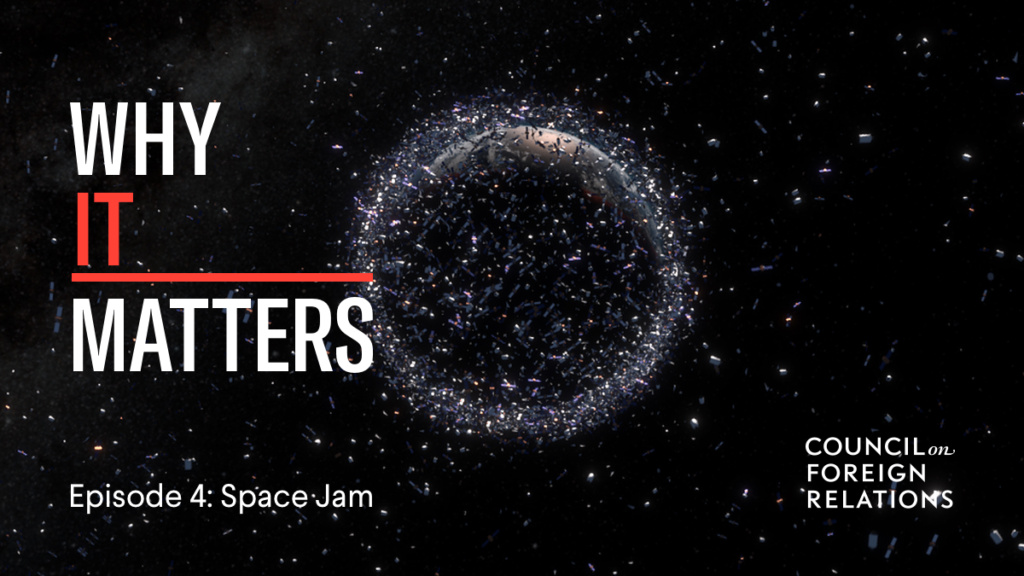
Space is getting crowded. The biggest challenge is space junk—the debris that results when satellites break up or get shot down. If we aren’t careful, space junk, and space conflict, could cause a lot of problems down here on Earth.
Yervant Terzian, the Tisch Distinguished Professor Emeritus in the Department of Astronomy at Cornell University, who studied the physical matter between stars, dedicated his career to education and chaired the department for two decades, died Nov. 25 in Ithaca. Terzian was 80.
An international team of scientists has reported in the journal Nature that they’ve discovered evidence of a gaseous disk around a white dwarf star — expanding astronomers’ understanding of planetary bodies that can exist around white dwarfs. Lisa Kaltenegger, who…
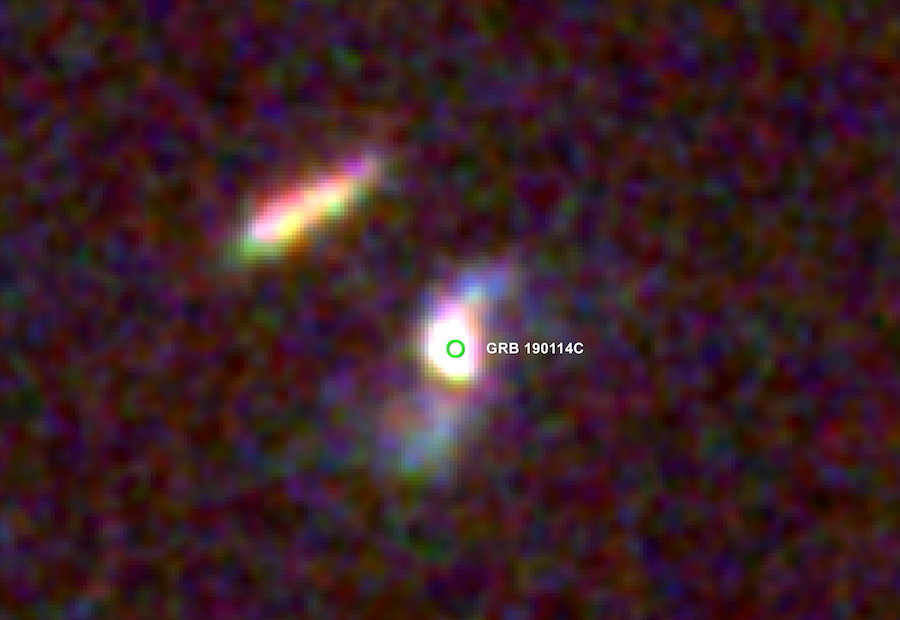
An international team of researchers, including two astrophysicists from the George Washington University, has observed a gamma-ray burst with an afterglow that featured the highest energy photons—a trillion times more energetic than visible light—ever detected in a burst.

Cornell University researchers are deploying thumbnail-size satellites to monitor environmental conditions as a dry run for using the technology for future space research. At the same time, he is harvesting valuable data that will help growers make more informed decisions about growing crops and caring for animals.
The goal of SCIMMA is to develop algorithms, databases, and computing cyberinfrastructure to help scientists interpret multi-messenger observations — measurements gained from light, gravitational waves and particles.

Researchers at Sandia National Laboratories launched a seven-year mission campaign this month to develop the science, technology and architecture needed for autonomous satellite protection systems. The campaign, called STARCS (Science and Technology Advancing Resilience for Contested Space), will fund dozens of Laboratory Directed Research and Development projects that focus on three critical areas
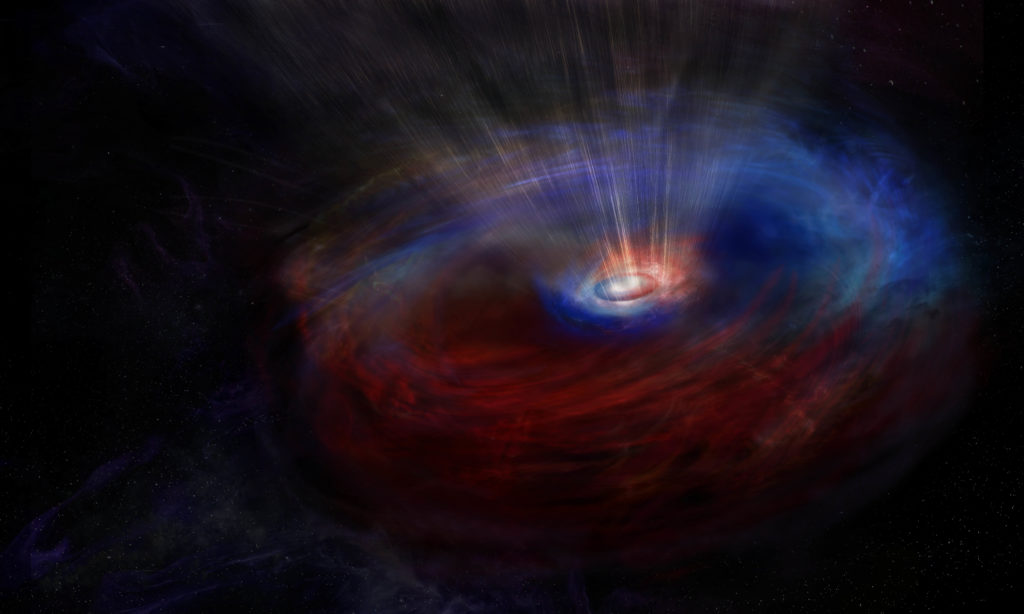
At the center of a galaxy called NGC 1068, a supermassive black hole hides within a thick doughnut-shaped cloud of dust and gas. When astronomers used the Atacama Large Millimeter/submillimeter Array (ALMA)
to study this cloud in more detail, they made an unexpected discovery that could explain why supermassive black holes grew so rapidly in the early Universe.
“Thanks to the spectacular resolution of ALMA, we measured the movement of gas in the inner orbits around the black hole,” explains Violette Impellizzeri of the National Radio Astronomy Observatory (NRAO), working at ALMA in Chile and lead author on a paper published in the Astrophysical Journal. “Surprisingly, we found two disks of gas rotating in opposite directions.”
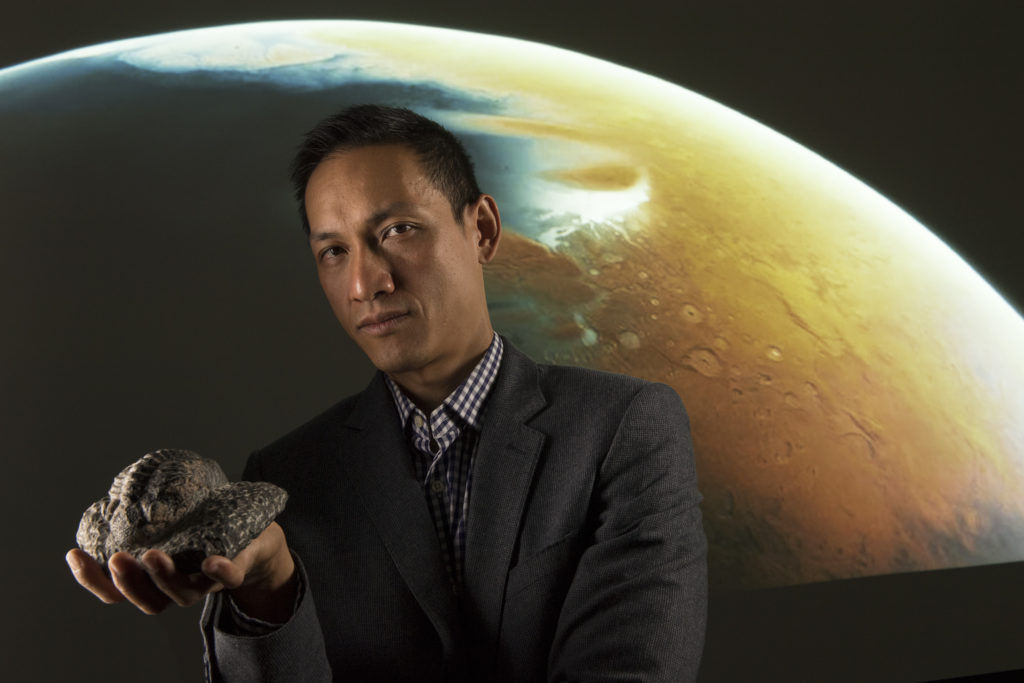
People have spent centuries wondering whether life exists beyond Earth, but only recently have scientists developed the tools to find out.

The winners of the 2019 AIP Science Communication Awards are announced for their topical works on robotics inspired by animals, the nature of the universe, climate change, the awe and excitement of space, and the mystery of black holes. The winners are David L. Hu, Marcia Bartusiak, Nathaniel Rich, Raman Prinja, and Rushmore DeNooyer.
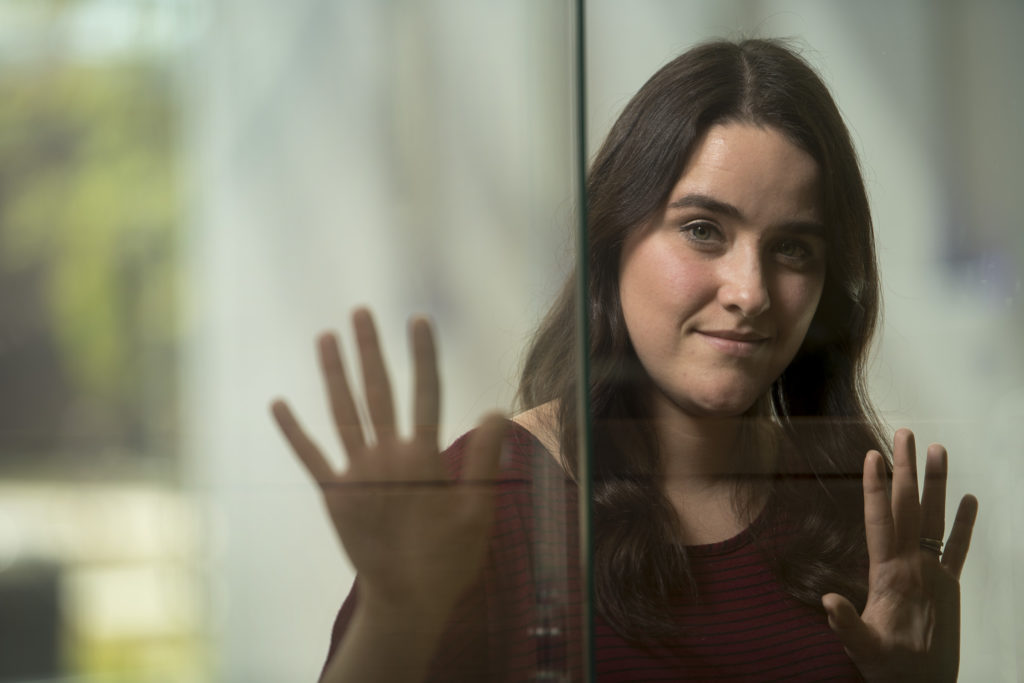
Becoming an astronaut is challenging for anyone, but for School of Engineering senior Marissa Navarro, that dream was complicated by an eight-year fight to stay in the United States. Find out how she got the attention of NASA’s Mars 2020 deputy surface phase lead, Diana Trujillo, and how she is one step closer to reaching her goal of becoming an astronaut someday.
New Brunswick, N.J. (Sept. 19, 2019) – Rutgers University–New Brunswick Engineering Professor Stephen D. Tse can comment on flame experiments this month on the International Space Station. The NASA project on symmetrical flames, called s-Flame, is aimed at studying combustion,…
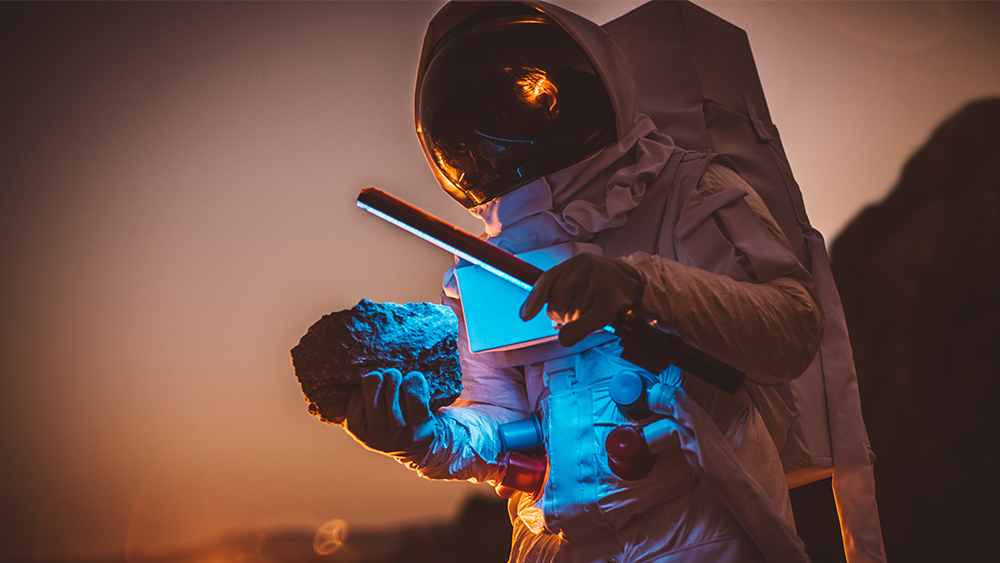
A team of researchers at Texas A&M University is studying the use of virtual assistants to provide support during emergencies in space.
Astronomers have uncovered a new way of searching for life in the cosmos. Harsh ultraviolet radiation flares from red suns, once thought to destroy surface life on planets, might help uncover hidden biospheres. Their radiation could trigger a protective glow from life on exoplanets called biofluorescence, according to new Cornell University research.
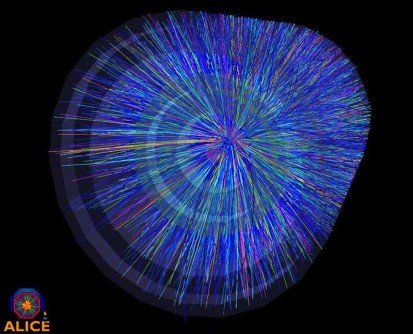
Pairs of sub-atomic particles may catalyze reactions that happened moments after the Big Bang. The Science Nuclear physicists smash ions together to create and study the soup of quarks and gluons thought to fill the universe milliseconds after the Big…